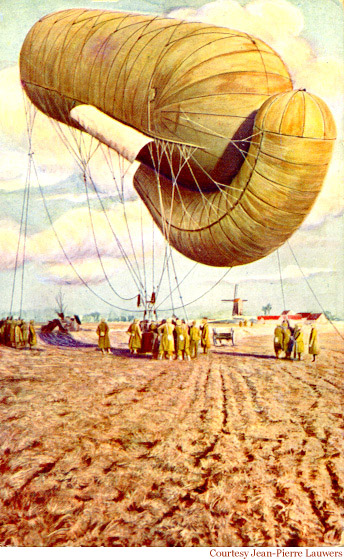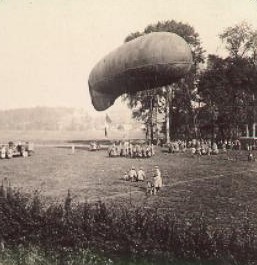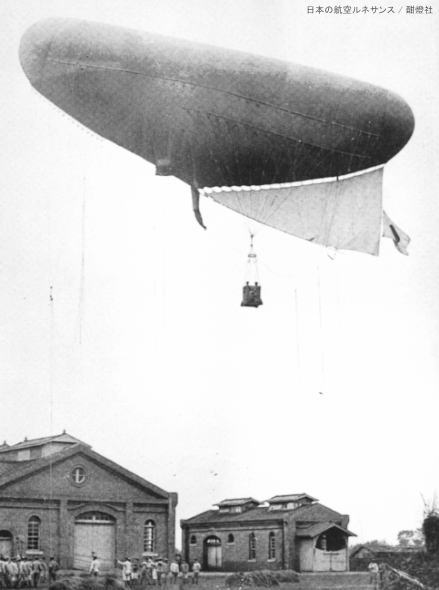A kite balloon combines a lifting gas with active lift structures like wings to fly in all conditions. A good design may solve the common difficulty of flying in light winds, which makes balloon mapping difficult, but still falls short of kite-flying weather. It may also help reduce helium use, and therefore price.
Developments thus far:
* Sled Kite Styles
* Configurations for mylar sleeping bags
ideas for oval kite balloons.
volume calculations for mylar sleeping bag configurations.
Materials:
Mylar and EVOH, because they are gas barriers, unlike HDPE/LDPE EVOH can be heat seamed. Mylar must be glued.
EVOH available for sale at balloonkits.com
Heat Seaming Tutorial
Mylar should be glued with UHU Power Stic according to forum discussion on RC Groups. UHU Power STic doesn't appear to be for sale in the USA, but can be found on Ebay.
Tests are occurring on configurations of mylar sleeping bags at the [Gowanus Canal site](/place/new-york-city):
 and in [Lima Peru](/place/lima):
and in [Lima Peru](/place/lima):

History of Kite Balloon Designs
Large Kite Balloons 1896-Present
Early kite balloons were used for artillery observation, and had to be manned. Large balloons have different design constraints, but similar functions to small kite balloons.
Designed during 1895 and 1896, the Parseval-Sigsfeld kite ballon (Drachenballoon, or colloquially, "sausage balloon") was the first observational balloon integrated into regular military field service. Its ability to climb into the wind and maintain its shape were due to a balloonet (listed as a diaphragm in the illustration) in the back that was inflated by a wind rushing into duct underneath, similar to the structural members of a rammed air sled kite. here is a diagram of the Parseval-Sigsfeld balloon:

 Early experimental versions had a drag sail on the back instead of a duct. This same means of stabilization is used in the contemporary Southern Balloon Works "Kingfisher". Here is a terribly low-res image of an early experimental Parseval-Sigsfeld design:
Early experimental versions had a drag sail on the back instead of a duct. This same means of stabilization is used in the contemporary Southern Balloon Works "Kingfisher". Here is a terribly low-res image of an early experimental Parseval-Sigsfeld design:
 Parseval-Sigsfeld style ballons first saw battle during the Russo-Japanese War (1903-1905), and were notably well integrated with mobile artillery by the Belgians during 1914's German invasion.
Here is a Japanese version of the Parseval-Sigsfeld balloon from the Russo Japanese War:
Parseval-Sigsfeld style ballons first saw battle during the Russo-Japanese War (1903-1905), and were notably well integrated with mobile artillery by the Belgians during 1914's German invasion.
Here is a Japanese version of the Parseval-Sigsfeld balloon from the Russo Japanese War:
 During World War I, the Parseval-Sigsfeld was replaced by the more blimp-formed Caquot Type R (which looks more like a blimp), whose design evolved into the the streamlined barrage balloon style still used today for radar domes. Later Caquot-style models used a fan to forcibly pressurize their balloonet.
During World War I, the Parseval-Sigsfeld was replaced by the more blimp-formed Caquot Type R (which looks more like a blimp), whose design evolved into the the streamlined barrage balloon style still used today for radar domes. Later Caquot-style models used a fan to forcibly pressurize their balloonet.
 This is "Fat Albert" a broadcast tower and radar dome used to watch Cuban airspace from the Florida Keys:
This is "Fat Albert" a broadcast tower and radar dome used to watch Cuban airspace from the Florida Keys:
 The balloonet & duct system is also used to control lift and rigidity in blimps. This diagram of the Goodyear Blimp accurately represents how the balloonets work on simpler kite balloons:
http://www.skytamer.com/2.6.3/Blimp%20layout%201600.jpg
The balloonet & duct system is also used to control lift and rigidity in blimps. This diagram of the Goodyear Blimp accurately represents how the balloonets work on simpler kite balloons:
http://www.skytamer.com/2.6.3/Blimp%20layout%201600.jpg
 and in [Lima Peru](/place/lima):
and in [Lima Peru](/place/lima):


 Early experimental versions had a drag sail on the back instead of a duct. This same means of stabilization is used in the contemporary Southern Balloon Works "Kingfisher". Here is a terribly low-res image of an early experimental Parseval-Sigsfeld design:
Early experimental versions had a drag sail on the back instead of a duct. This same means of stabilization is used in the contemporary Southern Balloon Works "Kingfisher". Here is a terribly low-res image of an early experimental Parseval-Sigsfeld design:
 Parseval-Sigsfeld style ballons first saw battle during the Russo-Japanese War (1903-1905), and were notably well integrated with mobile artillery by the Belgians during 1914's German invasion.
Here is a Japanese version of the Parseval-Sigsfeld balloon from the Russo Japanese War:
Parseval-Sigsfeld style ballons first saw battle during the Russo-Japanese War (1903-1905), and were notably well integrated with mobile artillery by the Belgians during 1914's German invasion.
Here is a Japanese version of the Parseval-Sigsfeld balloon from the Russo Japanese War:
 During World War I, the Parseval-Sigsfeld was replaced by the more blimp-formed Caquot Type R (which looks more like a blimp), whose design evolved into the the streamlined barrage balloon style still used today for radar domes. Later Caquot-style models used a fan to forcibly pressurize their balloonet.
During World War I, the Parseval-Sigsfeld was replaced by the more blimp-formed Caquot Type R (which looks more like a blimp), whose design evolved into the the streamlined barrage balloon style still used today for radar domes. Later Caquot-style models used a fan to forcibly pressurize their balloonet.
 This is "Fat Albert" a broadcast tower and radar dome used to watch Cuban airspace from the Florida Keys:
This is "Fat Albert" a broadcast tower and radar dome used to watch Cuban airspace from the Florida Keys:
 The balloonet & duct system is also used to control lift and rigidity in blimps. This diagram of the Goodyear Blimp accurately represents how the balloonets work on simpler kite balloons:
http://www.skytamer.com/2.6.3/Blimp%20layout%201600.jpg
The balloonet & duct system is also used to control lift and rigidity in blimps. This diagram of the Goodyear Blimp accurately represents how the balloonets work on simpler kite balloons:
http://www.skytamer.com/2.6.3/Blimp%20layout%201600.jpg